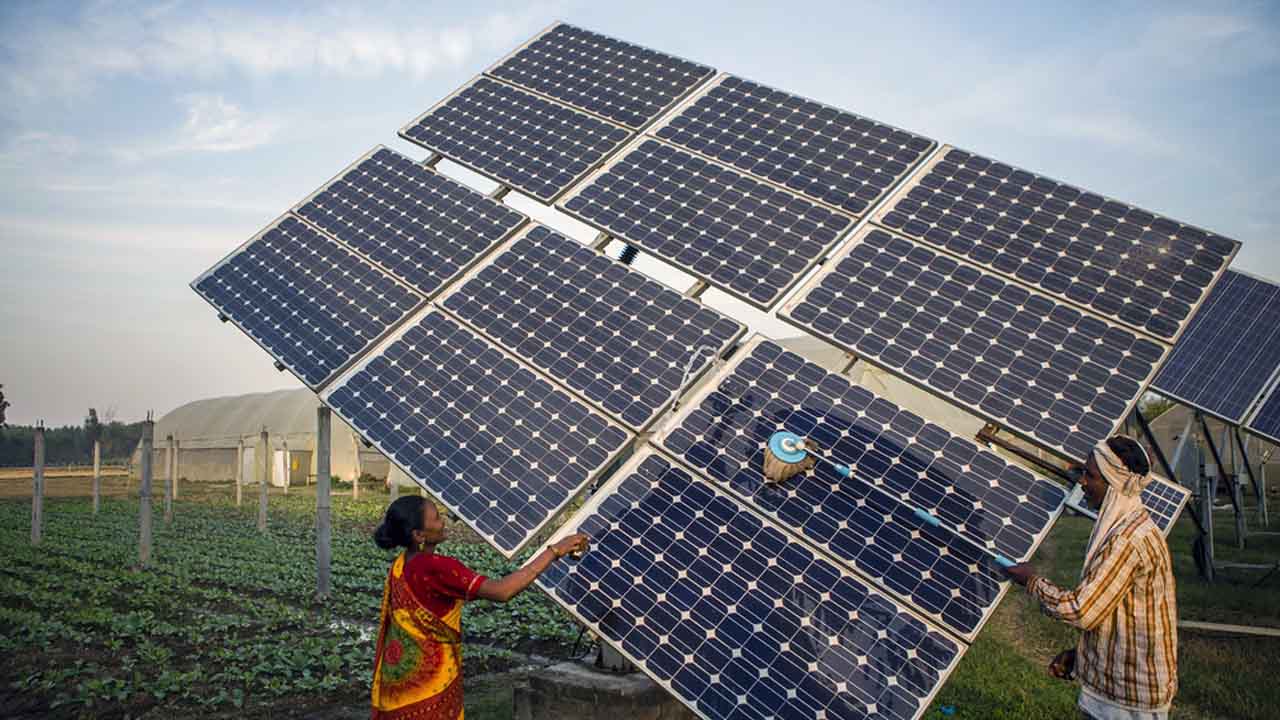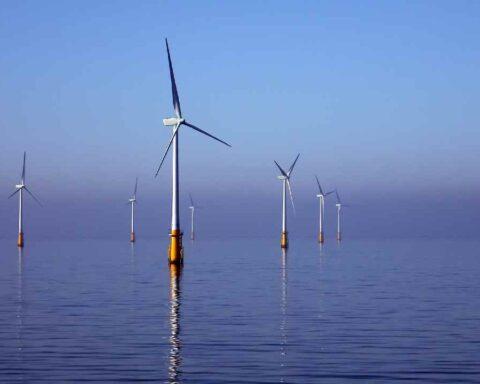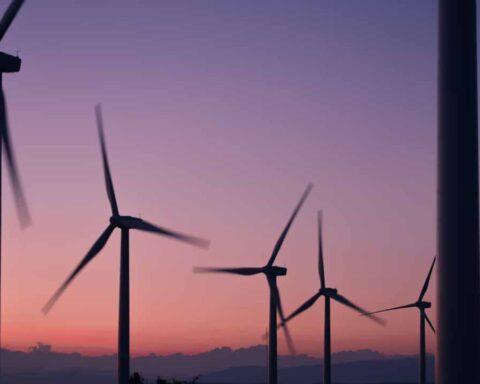At COP 21, as part of its Nationally Determined Contributions (NDCs), India had committed to achieving 40% of its installed electricity capacity from non-fossil energy sources by 2030. The country has achieved this target in November 2021 itself. The country’s installed renewable energy (RE) capacity stands at 150.54 GW (solar: 48.55 GW, wind: 40.03 GW, small hydropower: 4.83, bio-power: 10.62, large hydro: 46.51 GW) as on 30 November 2021, while its nuclear energy-based installed electricity capacity stands at 6.78 GW. This brings the total non-fossil based installed energy capacity to 157.32 GW which is 40.1% of the total installed electricity capacity of 392.01 GW.
In the last seven and a half years, India has witnessed the fastest rate of growth in renewable energy capacity among all large economies, with renewable energy capacity (including large hydro) growing 1.97 times and solar energy expanding over 18 times. India has the fourth largest wind power capacity in the world.
India’s contribution to the world’s carbon dioxide emission has been a mere 1.97 billion tonnes, compared to the United States’ being at 5.19 billion tonnes and China standing tall at 9.86 billion tonnes. India, even though with a minimal share of global emissions, wants to be part of the solution at a global level. India has now set up a new 175 GW renewable energy target by 2022, divided among 100 GW of solar, 60 GW of wind, 10 GW of biomass and 5 GW of small hydel energy.
At COP26, India modified its NDCs for 2030 and Prime Minister Narendra Modi committed that the country will achieve net-zero emissions by 2070. This was one of the five major commitments or Panchamrit he made on behalf of India to mitigate climate change. According to the Central Electricity Authority, by 2030, the country’s power requirement would be 817GW, more than half of which would be clean energy, and 280GW would be from solar energy alone.
COP26 concluded in the second week of November to drive global climate actions with 195 countries setting a target to keep average global temperature change below 2°C and as close as possible to 1.5°C.





























